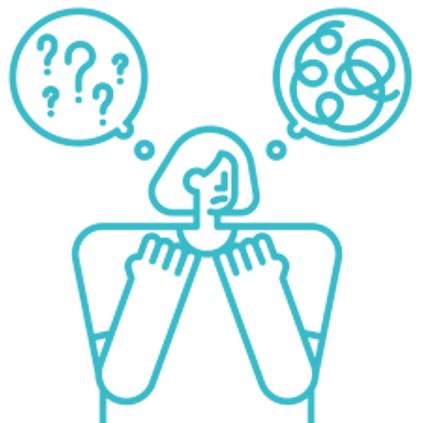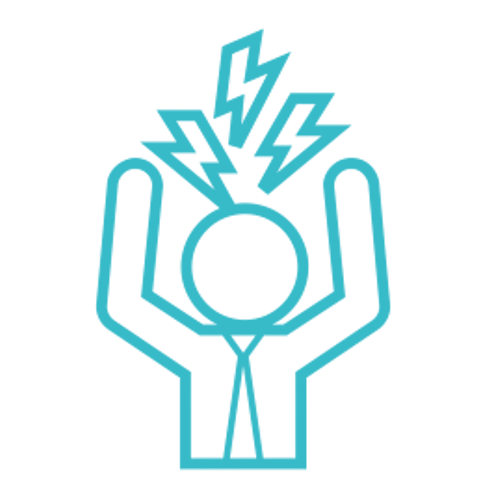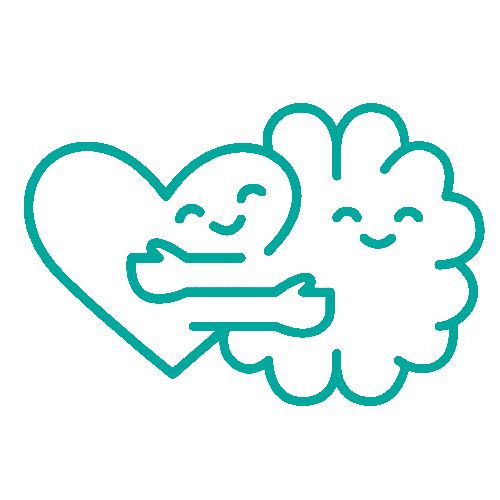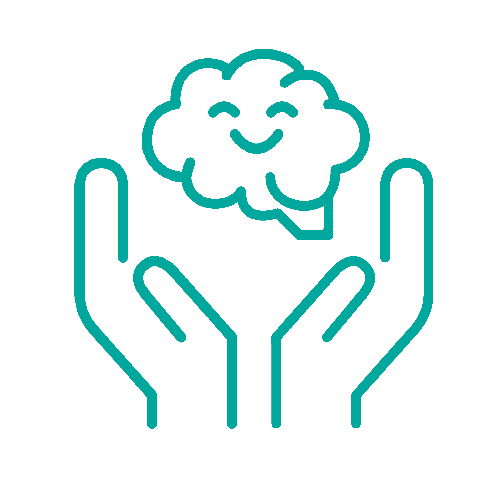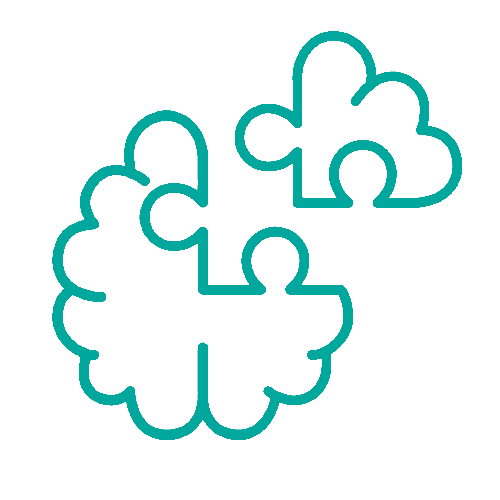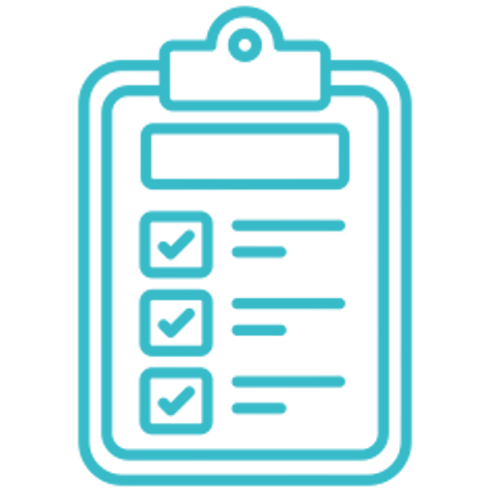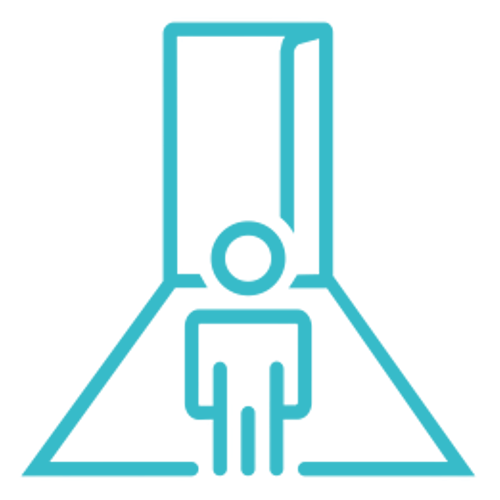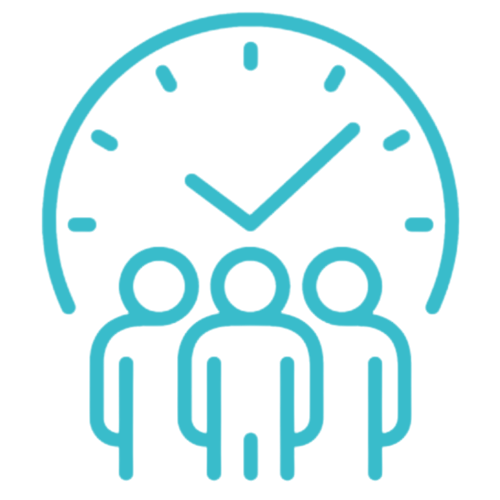Depression can greatly affect an individual’s performance and productivity at work. The signs of depression can differ from person to person. There are certain common indicators suggesting its presence in the workplace.
- Difficulty concentrating: When someone is experiencing depression it can become challenging to focus on tasks and pay attention to details. This can have an impact on their work performance. Individuals with depression may find it difficult to finish assignments, have trouble remembering instructions, or make errors that they wouldn’t typically make.
- Fatigue: People who experience depression often find themselves feeling lacking energy even after getting a proper night’s rest. This can pose challenges, in maintaining alertness and concentration throughout the workday ultimately resulting in productivity.
- Irritability: Dealing with depression at work can result in shifts in mood and heightened irritability making it challenging to effectively collaborate with colleagues or engage with clients. Individuals experiencing depression might find themselves more susceptible to criticism, becoming easily frustrated and struggling to manage their emotions.
- Absenteeism: Working with depression can lead individuals to have a rate of absenteeism compared to their coworkers. This could be attributed to manifestations like headaches or digestive issues as well, as the profound emotions of sadness or anxiety.
- Decreased performance: Feeling depressed can have an impact on someone’s work performance. It may make it difficult for them to meet deadlines, finish tasks promptly or make decisions. As a result of working with depression, their job evaluations might reflect a decreased work performance. They could even face the risk of losing their job.
- Social withdrawal: Depressed individuals often find themselves distancing themselves from interactions even those that occur within the workplace. They might avoid team meetings or social gatherings and struggle with engaging in casual conversations with their colleagues. This can intensify their sense of isolation and worsen their symptoms.
- Physical symptoms: Depression has the potential to manifest in ways leading to things, like headaches, digestive issues or muscle soreness. These physical symptoms often create challenges when it comes to working with depression such as: attending meetings or accomplishing work tasks ultimately impacting productivity in a sense.
It is essential to understand that depression can have effects on individuals and not everyone will necessarily encounter all of these symptoms. Certain individuals with depression may struggle with one or two symptoms while others may have symptoms simultaneously.
Strategies to navigate depression at work
- Seek Treatment. One of the steps to address depression in the workplace involves seeking appropriate treatment. This could entail engaging in therapy sessions taking medication or even a combination of both. Therapy can be beneficial as it facilitates the development of coping mechanisms and strategies, for managing symptoms while medication can help alleviate those symptoms. It is crucial to collaborate with a mental health professional to create a customized treatment plan that suits individual requirements.
- Create a Support System. Establishing a network of support within the work setting can prove beneficial when it comes to effectively coping with depression. This could encompass coworkers, managers or even an employee assistance initiative. It holds significance to engage in open and sincere communication with individuals around you ensuring that your necessities and boundaries are well understood. With transparency you can foster an environment at work that provides the necessary support to alleviate certain stressors associated with managing depression.
- Set Realistic Goals. When dealing with depression in a work environment it’s crucial to establish objectives. This might involve dividing tasks into smaller, more manageable ones. By setting goals individuals can experience a sense of achievement that can positively impact their mood and motivation.
- Practice Self-Care. Taking care of oneself is an aspect of handling depression while at work. This can involve participating in calming activities like physical exercise, meditation or spending quality time with loved ones. It’s vital when working with depression, to allocate moments during the workday to engage in self care and recharge.
- Develop Coping Strategies. Having coping mechanisms can be beneficial when it comes to handling symptoms of depression while at work. These strategies may involve practicing breathing techniques, maintaining a positive inner dialogue or simply stepping outside for a brief walk. By developing and implementing coping mechanisms individuals are able to manage stress and anxiety in the work environment.
- Communicate with Your Supervisor. It is beneficial to have communication with your supervisor regarding your feelings of depression and its potential impact on your work. This will allow them to better comprehend your needs and limitations potentially resulting in accommodations, like flexible scheduling or a lighter workload. Remember, ongoing communication when working with depression is crucial as your requirements may evolve over time.
Reduce depression at work today!
Coping with depression work from home and while at work can be quite demanding. It’s crucial to bear in mind that handling depression in work and on your personal time is a journey and may require patience. If you want help navigating depression in the workplace, reach out to Uncover Mental Health Counseling for therapy service today!



